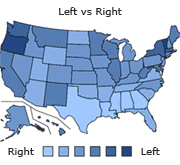Test #2 - T/F questions
And here's Alicia Keys to get you through it allIf you like country, Or you prefer Young ThugI'mma get you kind of used to hearing music you loveTonight we must unite in spite of all the news that we're
seeingCommander in Chief impeached, y'all get out let's bring Cardi B inCause music changes the world, just like Beethoven saidsvfbthyrsrtfxththfgtthth
